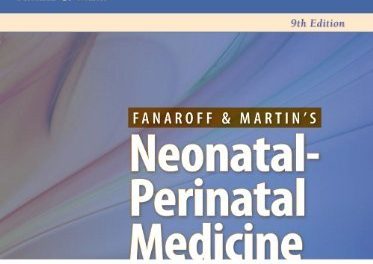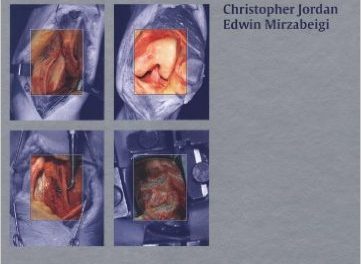Editors: Graham R. Nimmo and Mervyn Singer
Publisher: Wiley-Blackwell – www.abcbookseries.com – BMJ Books – 76 pages
Book Review by: Nano Khilnani
This book is part of the ABC book series edited and written by specialists for non-specialists and published jointly by the two publishers mentioned above.
Dr. Nimmo is a consultant physician in intensive care medicine and clinical education at Western General Hospital in Edinburgh in the United Kingdom and Dr. Singer is professor of intensive care medicine at University College in London, UK.
The two editors have selectively sought and received material from 15 contributors – 14 of whom are from the UK and one from Scotland – as well as contributed articles themselves to the book.
This book provides core knowledge and principles in intensive care patient management with respect to the conditions of various key organs and critical-stage body functions of patients who require such care and close watch.
The key organs and systems are: the brain and the nervous system, the heart and the circulatory system, the liver and the hepatic system, the kidney and the renal system, the lungs and the respiratory system, the stomach, intestines and associated organs (gall bladder, liver, pancreas, etc.) of the digestive and excretory system.
The 15 chapters in this book cover topics ranging from general principles of intensive care management to end-of-life care, with specific discussions on such subjects as brain-stem death, cardiovascular support, communication with the persons involved, critical care outreach, decision-making, gastrointestinal support, liver support, monitoring of patients, neurological support, nutrition in the ICU, pathophysiology of organ failure, renal failure, respiratory support, sedation, and severe sepsis.
The book is well illustrated with full-color photographs, x-rays, and radiograms of patients with certain conditions; and charts, diagrams, graphs and tables that aid in learning and understanding of each topic being discussed.
This book is ideal for medical students and new graduates, interns and junior doctors, specialist nurses, and others involved in critical care of patients, including the newborn.
The chapters have a well-organized structure. At the beginning of chapter is an overview presented in boxed form, followed by topics with headings and discussions. In some instances there are subtopics with explanations in detail.
Spread through each chapter are visual aids such as various types of images of patients with various medical problems, as well as instruments used for diagnosis and treatment. Charts and tables are generously spread out to make learning easier. At the end of each chapter is a list of books and sources of information under the heading “Further Reading.”
A typical chapter is organized in the following manner. Let’s take for example, chapter 5 entitled Pathophysiology of Organ Failure. The Overview box states that single organ failure can affect other organs (e.g. renal and respiratory failure following cardiac shock). And failure of several organs can follow an “uncontrolled systemic inflammatory response to a triggering insult” such as trauma or infection. It points out that as much as 70 percent of patients who develop shock and multiple organ failure eventually die.
What follows in this chapter is an introduction to the various causes of multiple organ failure and the recommended steps to be taken to prevent further deterioration of the patient’s medical condition. That deterioration could for instance be in the form of local tissue damage and microbial invasion.
If the patient admitted with multiple organ failure as a result of systemic inflammatory response is already in a state of septic shock (sepsis is the presence of harmful organisms and toxins in the bloodstream), a chart and a table are provided, and a discussion follows. These materials together provide further analysis and understanding of the problem at hand and the recommended treatment.
This is an informative book especially for medical students and graduates, younger doctors and specialist nurses working in the intensive care units of medical centers. It provides core knowledge about critical care patient management. It is a well organized book that makes for easy learning.






